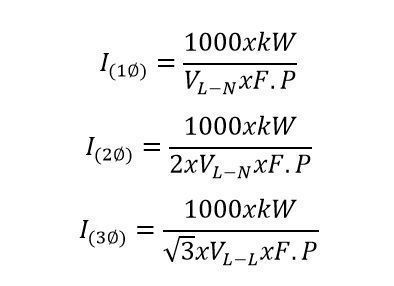

The most important factor determining exactly how much electricity your panels will produce is the amount of sunlight that shines in your area throughout the day. For a home with fewer energy demands, it’s best to consider a smaller solar power system. Ultimately, the amount of electricity that a solar energy system can produce will depend on several factors, including the quality of the parts used in the system and the angle and orientation of the solar panel array.įor homes that use at least 20 kW of energy per day, a solar system of this size is more than adequate for powering your entire house and eliminating electricity bills altogether. Generally, the average 10kW solar system produces around 10,000 watts under ideal conditions, or roughly 30 and 45 kWh every day. How much electricity will a 10kW solar system produce? 10 kW grid-connected solar system cost by state State Considering there are no assumed estimates for storage options like solar batteries, this table should be considered a 10kW grid-tie solar system comparison. There may be a good reason to pay more, but you should know why and understand how the system offers better value if that’s the case. Perhaps the most important thing to take away from the below table is that you should ask questions if you see prices higher than these. Using this data, we’ve compiled the table below to give you an idea of what a 10kW solar system might cost in your state, before the federal Investment Tax Credit (ITC) is taken into account. Through our network of pre-screened installation companies who participate in our Solar Marketplace, EnergySage has access to solar system pricing data from around the country. 10kW solar system prices by state: what’s the going rate?
#10 kw to amp free#
Keeping in mind that most solar power systems pay for themselves in 10 years or less and that you can finance your solar array for a 10-year term, that’s another 15 or more years of completely free electricity. And, is a 10kW solar system worth it?Īlmost all homeowners save money over the lifetime of the solar array-which is about 25 to 30 years- due to federal and state incentives, reduced or non-existent electricity bills, and any net-metering that pays homeowners for their solar energy. That means that the total cost for a 10kW solar system would be $20,498 after the federal tax credit discount (not factoring in any additional state rebates or incentives).
#10 kw to amp how to#


Your payback period may be longer if you shop for solar panels with the lowest price tag.

Polycrystalline solar panels are typically cheaper than monocrystalline panels.Cheap solar panels vary in quality: usually, a higher price reflects a higher efficiency rating and therefore higher quality.


 0 kommentar(er)
0 kommentar(er)
